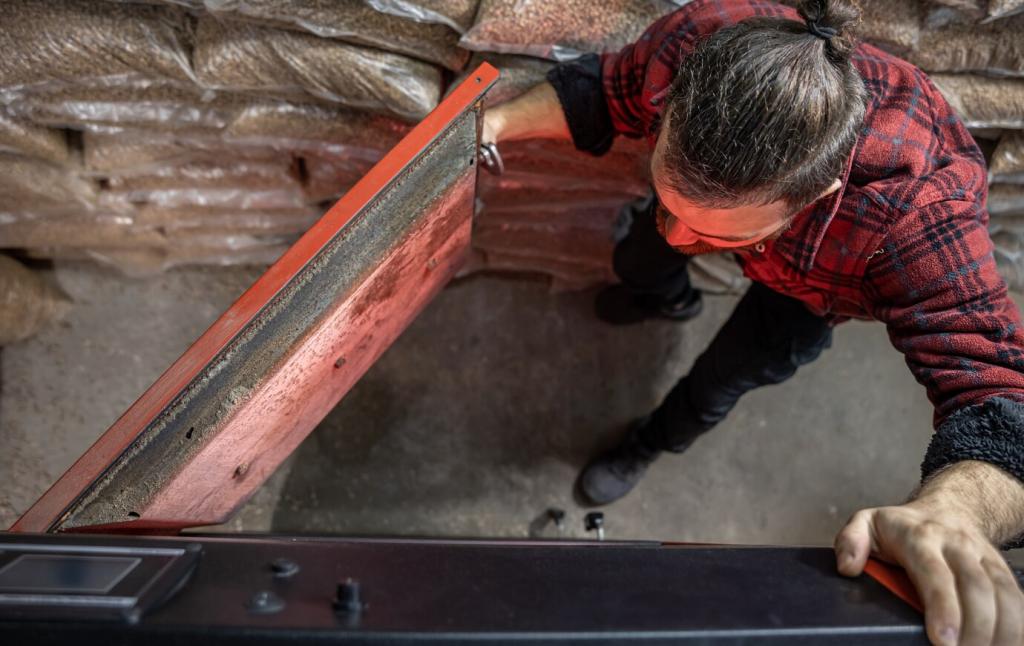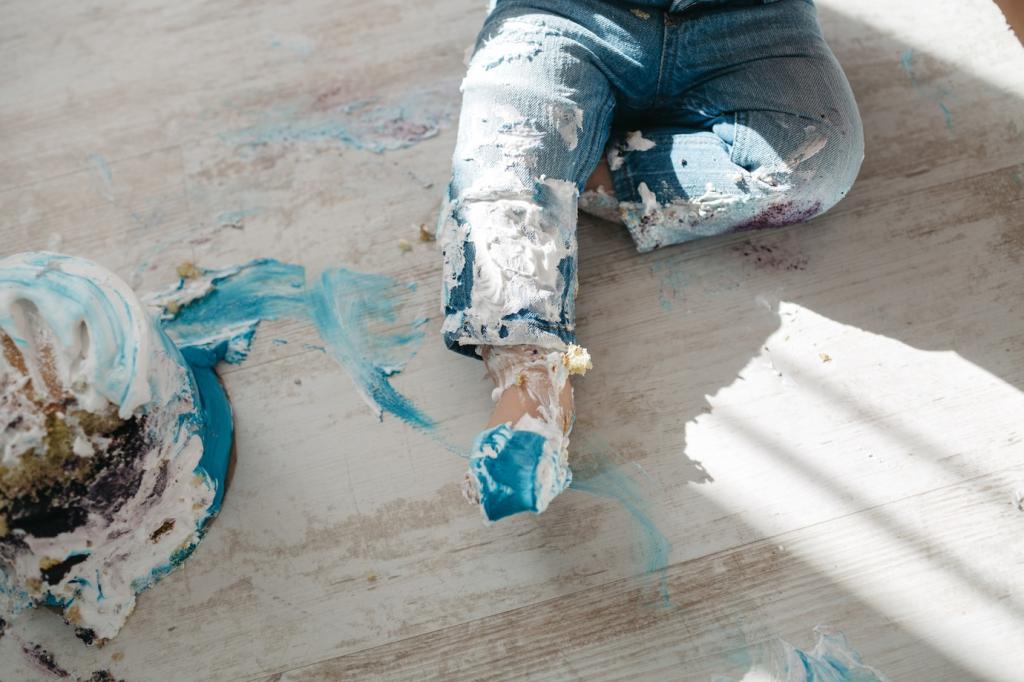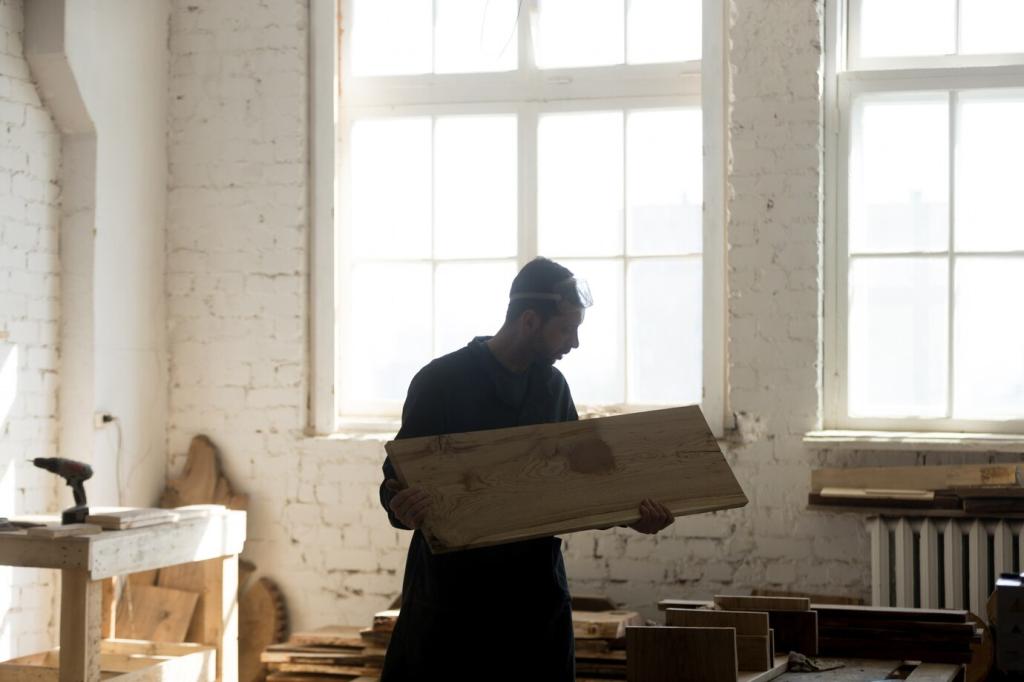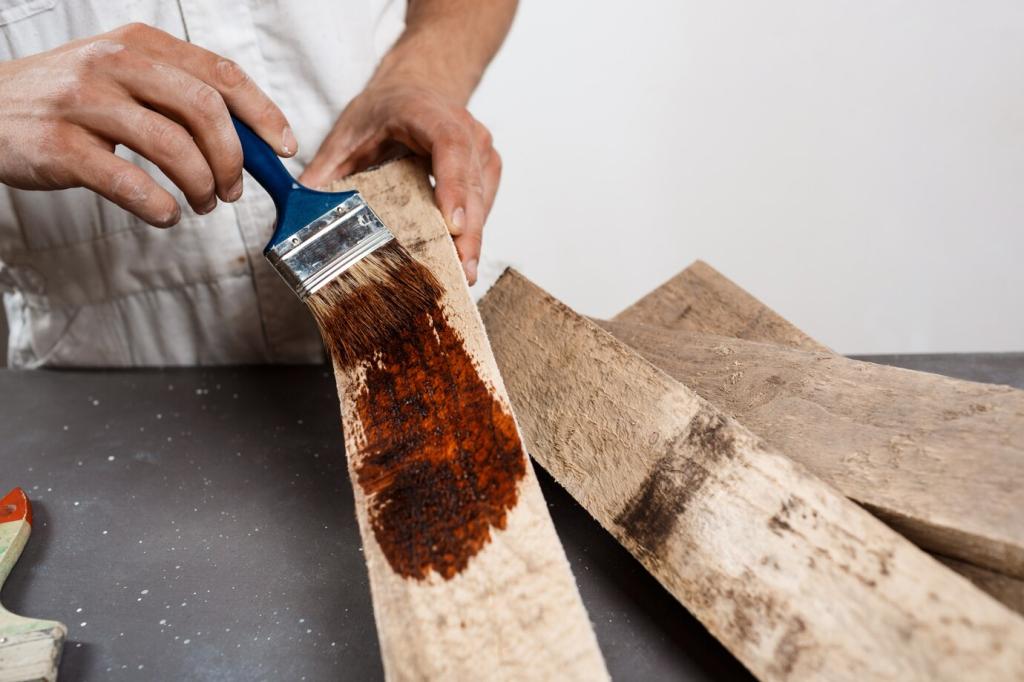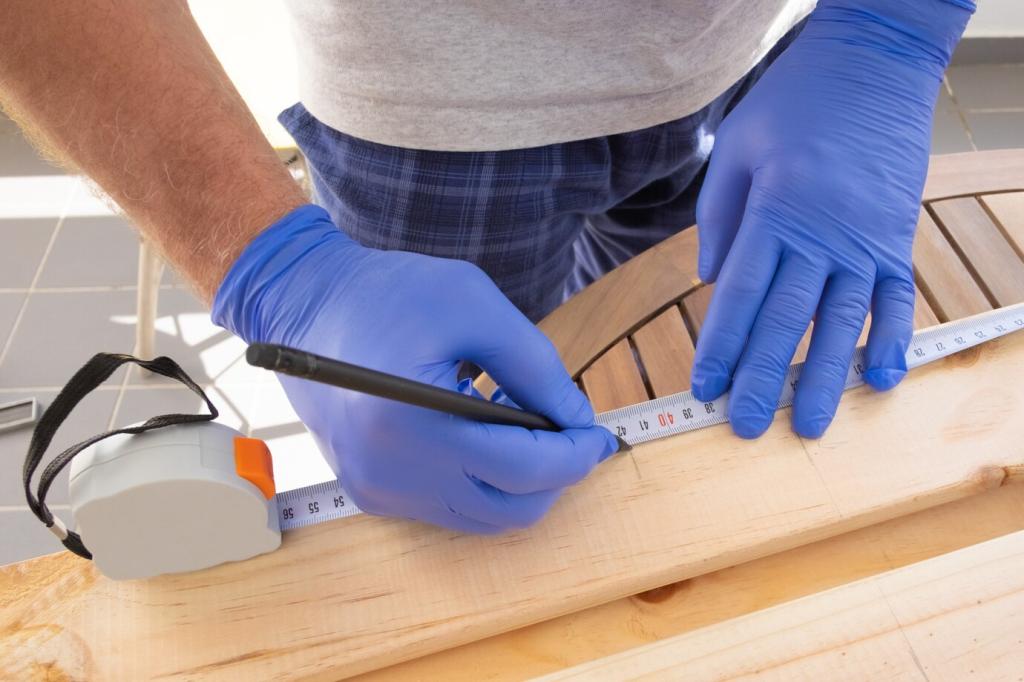Waterborne vs. Oilborne: Choosing, Mixing, and Compatibility
Water-based dyes deliver razor-sharp grain and clean chroma, ideal when you want depth without haze. They dry fast and raise grain, demanding disciplined denibbing. What brands or mixes give you consistent clarity? Share your favorites for different species and climates.
Waterborne vs. Oilborne: Choosing, Mixing, and Compatibility
Oil systems offer forgiving working time for large panels or complex profiles. They level beautifully but can mute figure if overapplied. Use gels to control vertical surfaces. Tell us how you balance richness and detail, and subscribe for our long-form comparison guide.

